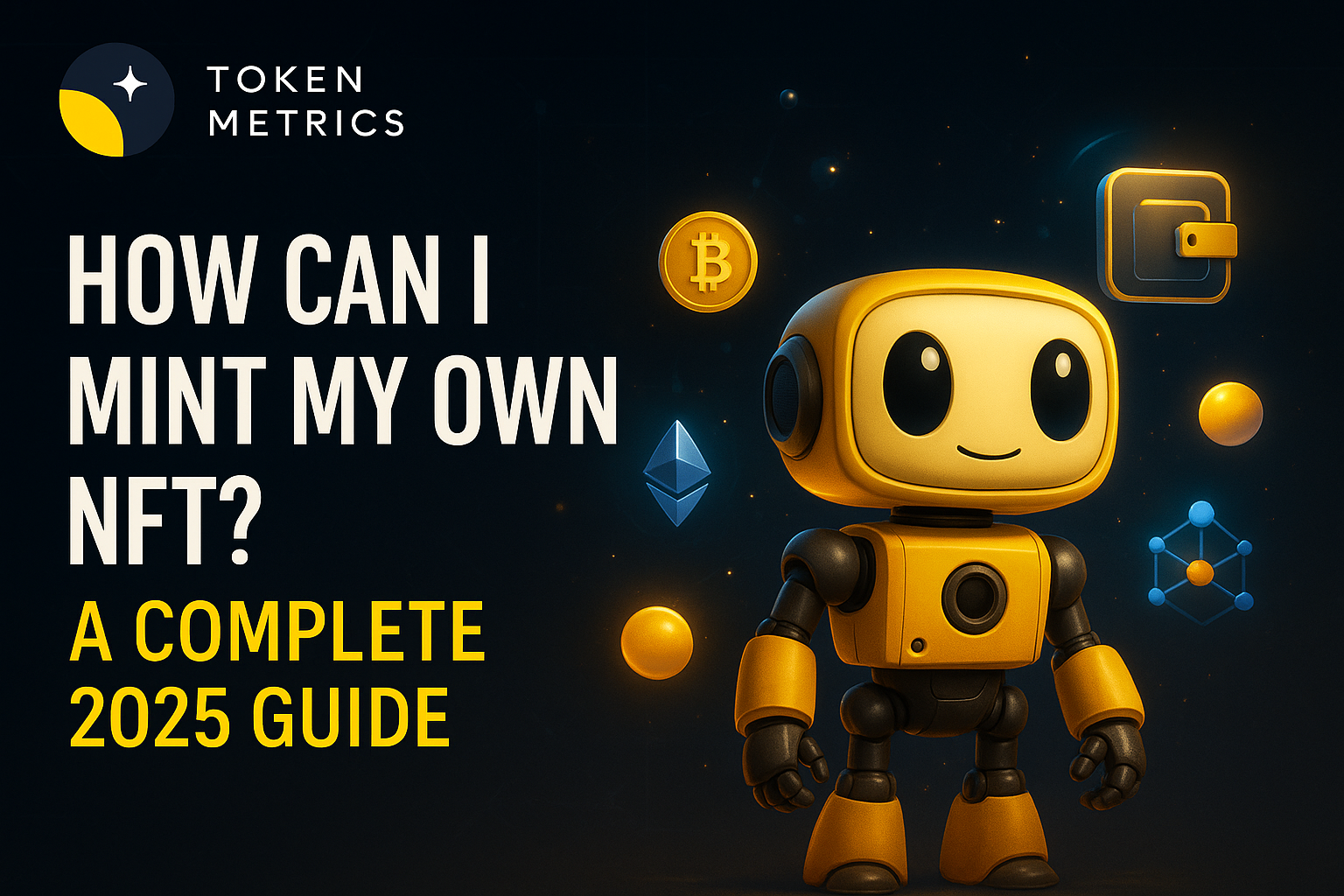
Solana (SOL) Crypto - What It Is and How It Works?

Solana (SOL) is a high-performance blockchain platform that aims to provide scalability and speed for decentralized applications (dApps) and token transactions. Solana was founded in 2017 by Anatoly Yakovenko and since then, it has attracted a growing community of developers and users.
History of Solana
Solana was first introduced in 2017 by Anatoly Yakovenko, a software engineer with over 20 years of experience in the industry. Yakovenko had previously worked on high-performance systems at companies such as Qualcomm and Intel. In 2018, Solana raised $20 million in a private token sale. Since then, the Solana project has grown significantly, with a number of decentralized applications and platforms built on top of the Solana blockchain.
How Does Solana (SOL) Crypto Work?
Solana's unique consensus algorithm, called "Proof of Stake Time" (PoST), enables the network to process over 65,000 transactions per second (TPS) while maintaining a high level of security. This is a significant improvement over other blockchain platforms such as Ethereum and Bitcoin, which are limited to around 15 and 7 TPS respectively.
In contrast to traditional proof of work (PoW) algorithms, where miners compete to solve mathematical problems, Solana's PoST algorithm allows validators to stake their tokens to secure the network. These validators are then chosen randomly to create new blocks and validate transactions. This results in a more energy-efficient and scalable network compared to other blockchain platforms.
Now, let’s see how Solana can benefit you.
Advantages & Disadvantages Of Solana
There are several benefits to using Solana as a blockchain platform for dApps and token transactions. Here are a few of the key advantages:
- High scalability: Solana can handle large numbers of transactions per second, which is important for applications that need to process a large number of transactions in real-time.
- Low latency: Solana has low latency, which means that transactions are confirmed quickly. This is necessary for dApps that require real-time updates, such as games and prediction markets.
- Decentralization: Solana is highly decentralized, which means that no single entity controls the network. This is significant for maintaining the integrity and security of the network.
- Low fees: Solana has low transaction fees compared to other blockchain platforms, which makes it more accessible to a wider range of users.
- Energy-efficient: Solana consensus algorithm, PoST, is more energy-efficient than other algorithms like PoW, which is essential for reducing the environmental impact of the network.
- Disadvantages: There is only one disadvantage of Solana - as it’s a relatively new blockchain platform, which means that there is still a lack of developer tools and resources compared to more established platforms like Ethereum. Additionally, Solana's PoST consensus algorithm is still untested at a large scale and its long term success is uncertain.
Use Cases of Solana
Solana has a wide range of potential use cases, from decentralized finance (DeFi) to gaming and prediction markets.
In the DeFi space, Solana has become an important player, with several projects building on the Solana blockchain. Some of the popular DeFi projects on Solana include Serum, a decentralized exchange (DEX) built on Solana, and Jupiter Aggregator, a swap aggregator and infrastructure for Solana.
Solana's high performance and low latency also make it well-suited for gaming and other high-throughput applications. The Solana blockchain has already been used to launch a number of games, including STEPN, a run-to-earn game.
Additionally, many projects are being built on Solana for other industries such as real estate, identity verification, supply chain management, logistics, and many more.
Is Solana (SOL) Crypto a Good Investment?
Like any investment, the value of Solana (SOL) can be highly volatile and is subject to market conditions. Some experts have highlighted Solana's high scalability, low fees and energy efficiency as factors that could drive its crypto future growth. However, it's important to do your own research and consider your own risk tolerance before making any investment decisions.
How to Buy Solana Crypto?
Solana can be purchased on a variety of cryptocurrency exchanges such as Binance, Serum, and Bitmax. To purchase Solana, you will first need to set up a digital wallet that supports Solana, such as a Ledger hardware wallet. Once you have a wallet, you can deposit funds onto the exchange and then use those funds to purchase Solana.
The Future of Solana(SOL)
The future of Solana (SOL) is highly dependent on the continued development and adoption of the Solana platform. As more developers and users become attracted to the platform's high scalability and low fees, Solana's value could continue to grow. Additionally, Solana's PoST consensus algorithm is still untested at a large scale, and its long term success is uncertain.
In conclusion Solana has a lot of potential and it has been on a steady rise but still a lot of uncertainty in the long term. It's important to do your own research and consider your own risk tolerance before making any investment.
Conclusion
Solana is a high-performance blockchain platform that is well-suited for a wide range of decentralized applications. Its unique consensus algorithm, "Proof of Stake Time" (PoST), enables the network to process large numbers of transactions per second, with low latency and low fees. The Solana network is also highly decentralized, providing security and integrity for the network. With its growing community of developers and users, Solana is well-positioned to become a major player in the blockchain space

.svg)

Create Your Free Token Metrics Account

.png)




%201.svg)
%201.svg)


%201.svg)









.svg)




.png)